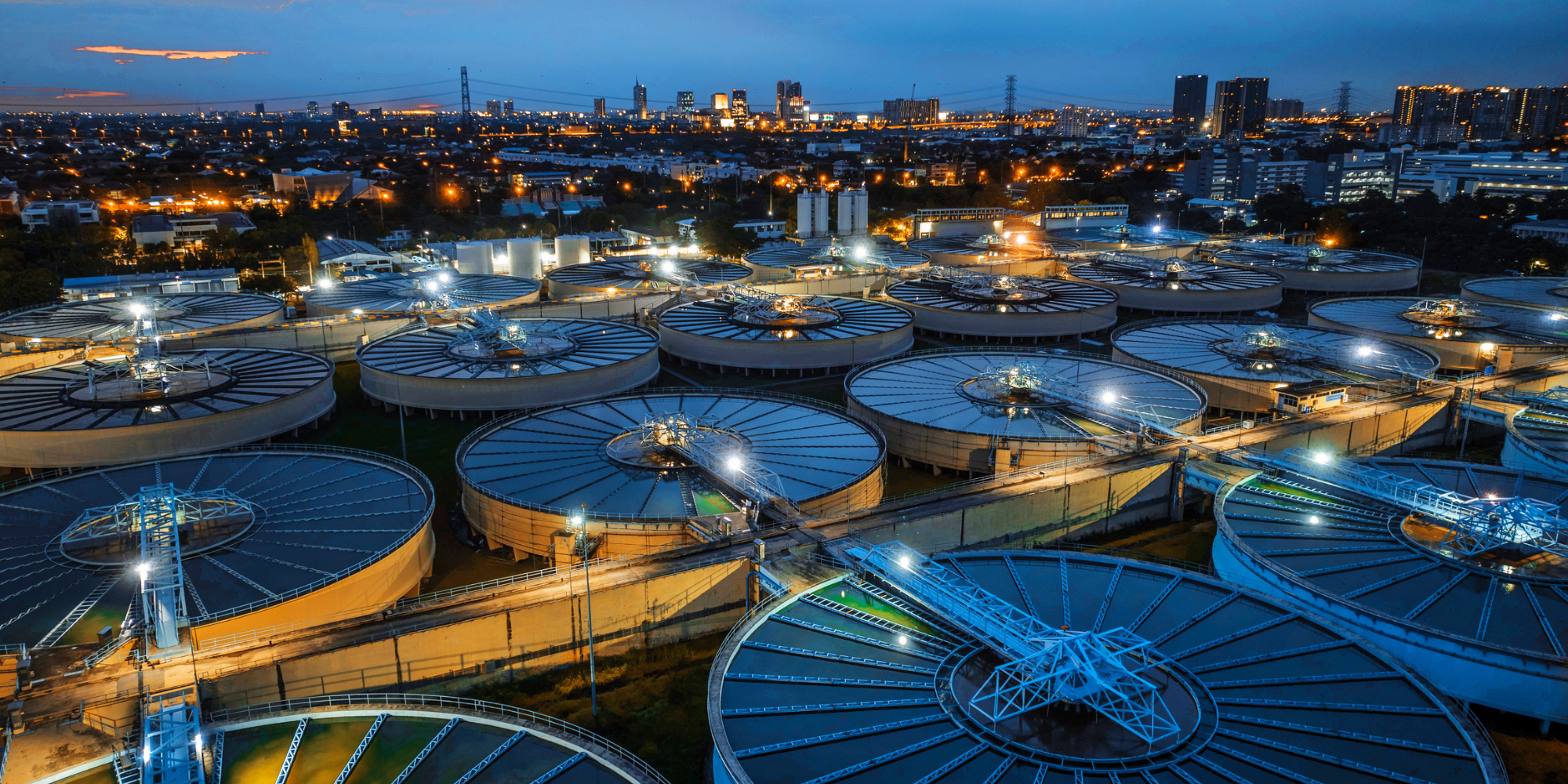Most people would consider sewage sludge an unlikely source of clean energy. However, with new federal dollars available to localities under the Inflation Reduction Act’s energy investment tax credit (ITC), wastewater could become a key tool in helping localities achieve their sustainability goals. According to the most recent U.S. Environmental Protection Agency (EPA) Greenhouse Gas Inventory, landfills and waste treatment/discharge account for nearly 20% of methane emissions nationally. Given the climate impact of methane, capturing these emissions and harnessing them as renewable natural gas (RNG) to cook meals and heat homes can help localities meet their sustainability goals affordably. Importantly, localities can elect for direct payment in lieu of the ITC for certain energy projects such as wastewater to RNG.
Currently, there are 279 operational RNG facilities and a further 460 facilities under construction or planned. Of those operational facilities, 30 are wastewater facilities with 18 more under construction or planned. Yet there are 15,000 publicly owned wastewater treatment facilities nationally, which highlights the tremendous opportunity made available by the IRA. Increasingly, local governments are looking to leverage their wastewater facilities as climate solutions by installing anaerobic digesters turning sewage sludge into RNG. A recent study found that a single wastewater project creates a total of 268 construction jobs and a further 18 operation and maintenance jobs.
In Roanoke, Virginia the water authority has partnered with the local natural gas utility, Roanoke Gas, to produce RNG from their facility which treats 19 million gallons of drinking water a day. The partnership, the first of its kind in Virginia, involves upgrading the facility’s existing digester equipment as well as constructing a gas conditioning system and interconnect facility to inject the RNG into Roanoke Gas’s distribution system. In total, the combined projects represent an approximately $16.5 million investment.. Roanoke Gas projects this new supply source will produce enough RNG to provide hot meals, warm showers, and heat 500 homes on a cold, winter day. The project allows for the complete recycling of waste to a level that was unimaginable only a short time ago.
In Lincoln, Nebraska the local utility, Black Hills Energy, has been working with the city since 2017 to upgrade the equipment at the Lincoln Water Resource Recovery Facility to produce RNG. The project was completed in early 2021 and will generate $2.6 million each year, recouping the city’s investment in just 3.3 years according to Mayor Leirion Gaylor Baird. The plant recovers about 20 million gallons of water daily and with the infrastructure upgrades, produces enough RNG to displace 875,000 gallons of gasoline annually. The project received the Special Innovation Award from the Nebraska Water Environmental Association in 2020.
Experts estimate that RNG production capacity will grow by 50% or more by 2024 with the passing of the IRA and the growth in new projects. Investing in waste recovery is one of many ways America’s natural gas utilities are committed to working with their communities to achieve their sustainability goals by advancing local sources of affordable, clean energy.
About the Author
Frank Canavan is the Senior Manager of State Affairs with the American Gas Association.










